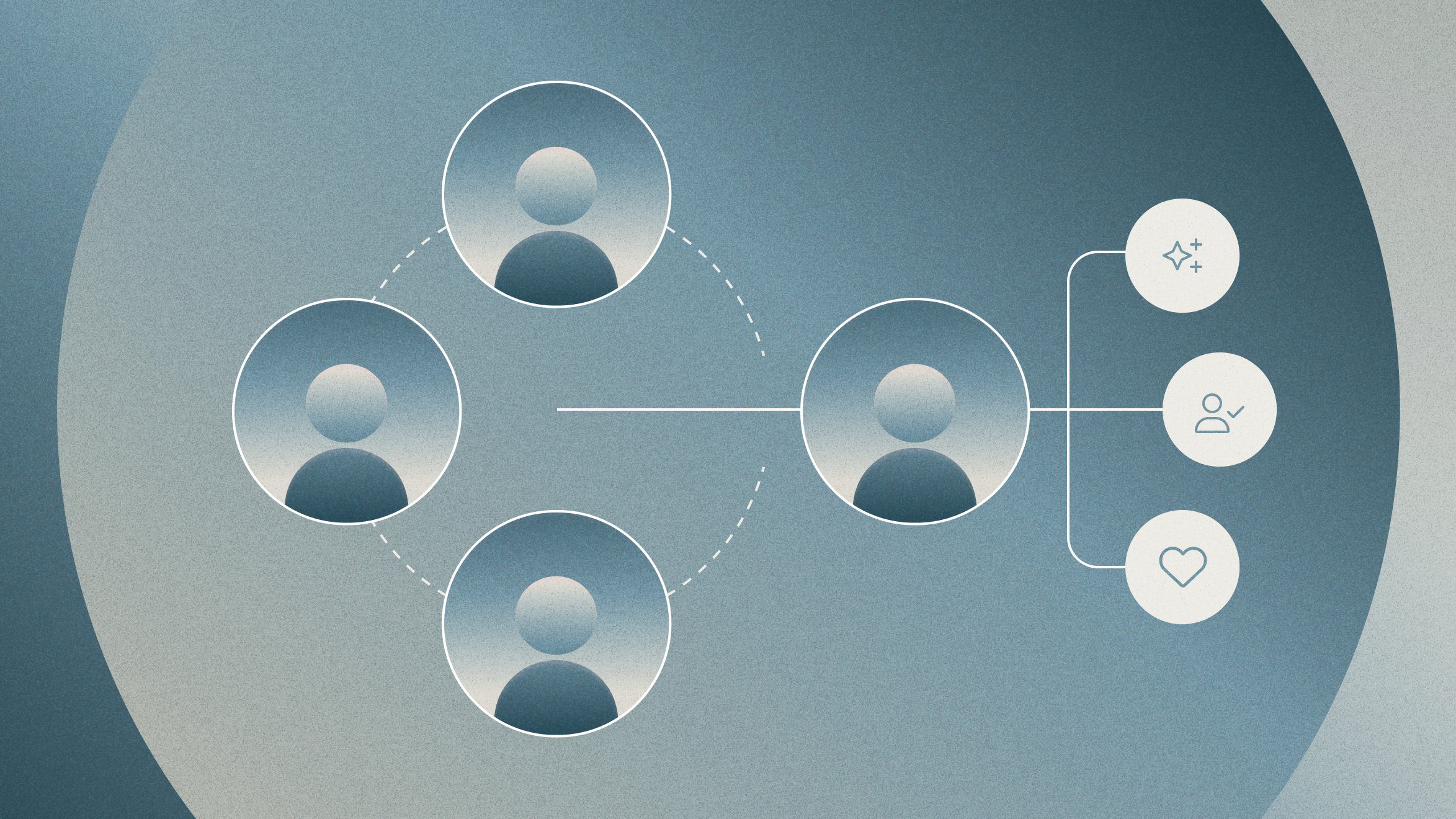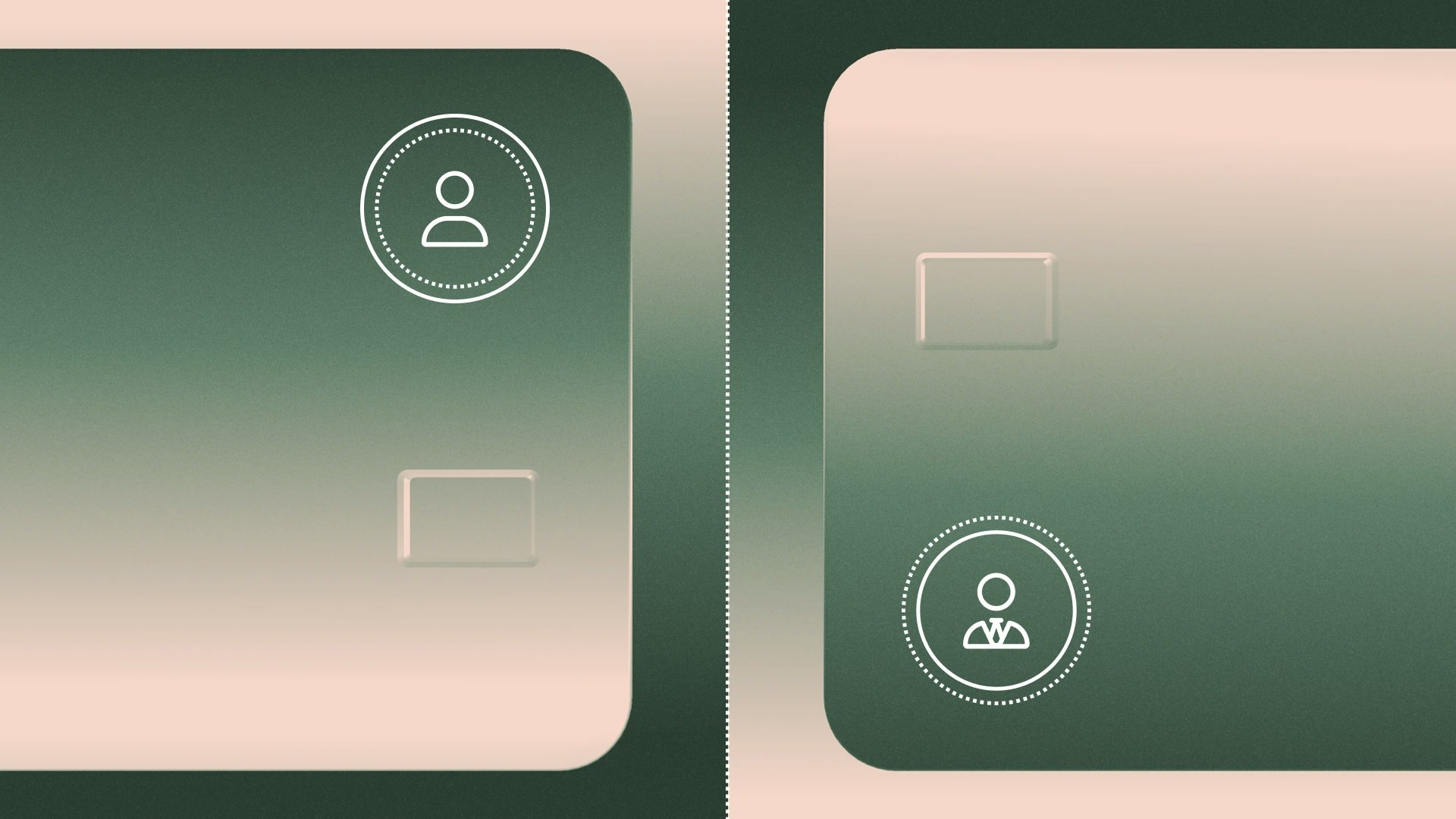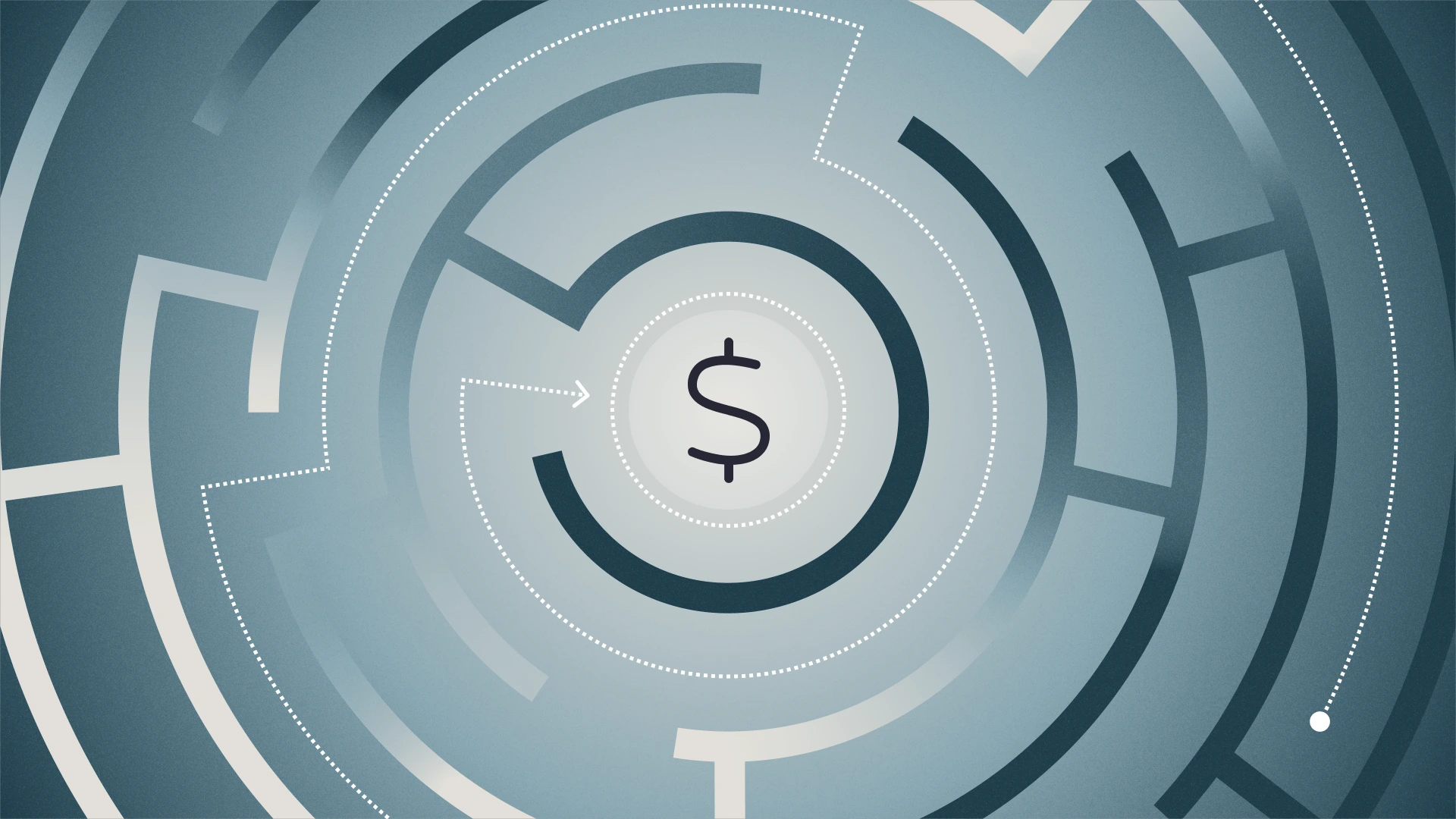Ecommerce Founder Guide: Getting your first customers

This is the last segment of our five-part series. Read part one on getting started, part two on financial planning and pricing, part three on building an online brand, and part four on product sourcing and fulfillment.
Customer acquisition and community
Your go-to market (GTM) strategy is what brings in initial orders and includes the channels you’ll find your customers through and how you’ll nudge them to buy your product.
Here’s what you can do to drive early sales:
Establish social proof and credibility
Try to get early prototypes in the hands of your friends and family, micro-influencers, or anyone who’s considered “credentialed” in your industry. We were able to negotiate with a manufacturer to provide a free sample and just pay for shipping. It’s also good to be in discussions with multiple manufacturers to not only evaluate quality, but also to have more samples for photos and sharing with influencers.
You can also publicize the size of your waitlist if you have one, display select sales information after you’ve launched (e.g., number of sales or geographic location of sales), or rely on your own story as a founder to build credibility.
Early on, we sent out puzzles to some enthusiasts and asked them to review our product. Then we took their reviews and the photos they took of our product, and we put them front and center on our webpage — this seemed to build trust with our site visitors.
The biggest key here is: Authenticity wins the day. Your customers want to know that your business is real and trustworthy. Don’t be shy to tell your story on the website somewhere — The more you can show yourself and how you’ve built your product, the more impact it can have.
Building your initial audience
Every product launch needs, well, an audience to launch it to. So start building your community well before you launch.
- There are online communities for almost every interest you can imagine. Dig into Facebook groups, subreddits, TikTok comments, and Instagram — your audience is out there.
- It can also be valuable to meet yours retailers in person. For example, we went into the physical stores that sell puzzles and spoke with owners to get a better understanding of what’s popular and why.
Once you find them, engage with them and establish a way for them to follow your progress. (I’m not suggesting spamming message boards — be thoughtful here!) It could be on your own brand’s social media page, through an email waitlist, or in a Discord community.
For us, we found that puzzle brands were most active on Instagram, and through their activity, we discovered a large puzzle community; this encouraged us to prioritize our accounts there and start building and getting the word out.
Email marketing and customer retention
Your email list is a direct channel to reach customers with news, community offers, and new collections — and it’s not subject to the whims of social media algorithms.
That said, a steady and predictable channel is precious. Your customers are likely flooded with marketing emails, and many businesses take advantage of their unfettered access to customers’ inboxes. Stand out by respecting their time, sending them things they’ll actually want, and knowing when enough is enough.
Some more tips for using customer emails effectively to build a better brand:
- Build your list from day one: Add an email opt-in to your homepage, product pages, checkout, and post-purchase screens. You might try using a compelling hook to get people to sign up (then make sure you follow through):
- 10% off first order
- Early access to new drops
- Exclusive community perk
- Set up automated flows (not just newsletters): At a minimum, you need:
- Welcome flow: Set expectations, share your story, and show bestsellers.
- Abandoned cart: Remind customers where they left off and recover lost sales within hours.
- Post-purchase: Thank customers, ask for reviews, and suggest add-ons.
- Win-back sequence: Target dormant subscribers with exclusive offers, without burying them in a forever flood of messages.
- Use segmentation to stay relevant: As your list grows, you can be more targeted with what you send. You can try segmenting by:
- Purchase history (e.g., returning vs. first-time customers)
- Product category (e.g., puzzlers, candle lovers)
- Engagement (people who regularly open your emails, folks who haven’t in a while and might need to be re-engaged)
- Treat your list like VIPs: Use email to create loyalty, not just sales. Try offering:
- Early access to new products
- Behind-the-scenes content
- Customer spotlight features
- Referral rewards or loyalty points
Building brand loyalty and customer relationships
Once you’ve acquired your early customers, your ability to build an enduring business relies on not just bringing in new customers but creating lasting customer relationships with the ones you’ve already gained.
How do you do that? Here are some of the strategies we used to build Mango Puzzles.
Creating memorable experiences
For our first collection, we included a personal note inside every puzzle.
As we created these kinds of special moments for our customers, we doubled down on our engagement with them. We’d reach out to them post-purchase to ask for their feedback, which ended up starting some great conversations and led to subsequent successful collection drops.
Today, customers transact with retailers multiple times a day, expecting the same experience: purchase, receive, use. A small gesture that personalizes this rote exchange can make your brand stand out and create long-term customers.
Growing through partnerships
We built relationships with people who had been in the industry for longer than we had and found that most successful entrepreneurs are happy to pay it forward to new builders.
For marketing, we contributed to numerous giveaways and trivia events and also worked with influencers, sending them products to try and share with their trusted audiences.
Lastly, we built a community through our customers. For example, we offered various promotions and perks to those who tagged us on Instagram with a completed puzzle. This helped word-of-mouth spread quickly about our brand (In one case, we started selling in a brick-and-mortar retail store because a customer messaged the store saying, “You need to have this product in your store”).
Embracing challenges in ecommerce
Of course, no ecommerce journey is complete without a few challenges. Here’s what Svet and I have learned about overcoming those challenges and maintaining momentum.
- Avoid perfectionism: You want to make something of great quality and that’s differentiated from what else is out there, but remember that you’re selling a V1 (or 2, or 3). Try not to spend too much time perfecting your product (unless it’s safety-related). You’ll improve your product quicker by getting it out into the world and iterating based on feedback.
- Maintain a growth mindset: You need to remain flexible as a founder. Your initial hypotheses may be wrong, and your willingness to change your mind and learn on the go will determine your growth trajectory.
- Expect the challenges: This might be intuitive, but it never hurts to hear it again. Setbacks are part of the process. You will overcome them as long as you keep going.
- Enjoy the journey: For us, what keeps us invested and enthusiastic about Mango Puzzles is that it doesn’t feel like a job. Don’t forget to have fun along the way!
When you’re doing something new, especially in an industry where you’re managing a supply chain, overseeing shipping logistics, and experimenting with buyer psychology, you’re guaranteed to learn a lot. Learning is a feature of running a business, not a bug. If you begin your journey with this understanding, you’ll be more encouraged when faced with obstacles that are sure to come.
Launching your ecommerce business marks the beginning of an ongoing journey of learning, adaptation, and growth. With the right tips, tools, and resources, you’ll be prepared to build something valuable and make your customers happy in the process.
This marks the end of our five-part series — thanks for reading.
Learn more on how Mercury can help you on your ecommerce business journey.



